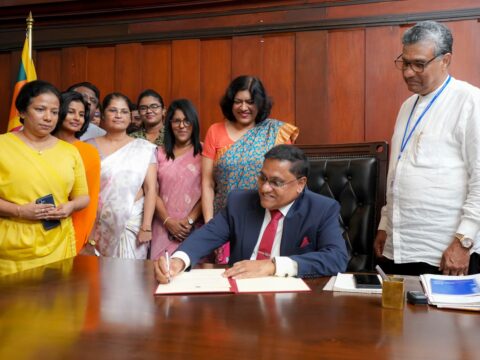NEW DELHI: When we discuss decarbonising a country’s energy sector, renewable energy often springs to mind, yet one significant challenge persists – intermittency. The conventional approach of storing renewable energy is under reassessment, as a new concept gains traction – interconnecting grids within regions and countries. Join us as we delve into this idea and its potential for India, whose grid ranks among the world’s largest, while considering the integration of Sri Lanka.
Across the globe, ambitious projects are already underway, such as the Viking Link, a 764-km sub-sea cable connecting Denmark and the UK, and a 5,000-km power transmission line between Australia and Singapore. Similarly, the Gulf Cooperation Council is planning a transmission line to Iraq. India also enjoys well-established connections with Nepal and Bhutan for hydro power, while exploring the possibility of a line to Myanmar.
However, a relatively smaller project linking Sri Lanka and India has been on hold for nearly two decades, despite its enormous potential. The proposed transmission line between Anuradhapura in Sri Lanka and Madurai in Tamil Nadu is not only politically sensible but also economically and technically feasible, playing a crucial role in India’s decarbonisation journey.
Sri Lanka boasts a substantial wind power potential, capable of generating over 60,000 MW of onshore wind power, far exceeding its domestic needs. By interconnecting the two countries, India can access this surplus clean energy, reducing its reliance on costlier offshore wind power. Additionally, Sri Lanka can earn revenue by exporting power, creating a mutually beneficial relationship between the nations.
The economic and geopolitical significance of this project cannot be overlooked. By fostering energy trade, both countries can enhance their interdependence and benefit from a stable and sustainable power supply. Moreover, this initiative opens up new opportunities for Indian wind power developers and promotes a larger clean power market in the region.
As we explore the potential of interconnecting grids, let us not forget that Sri Lanka is just one of the fruits in this pursuit. Even bolder proposals, like China Electric Power’s plans to connect China to India with hydro power lines, are on the horizon.



